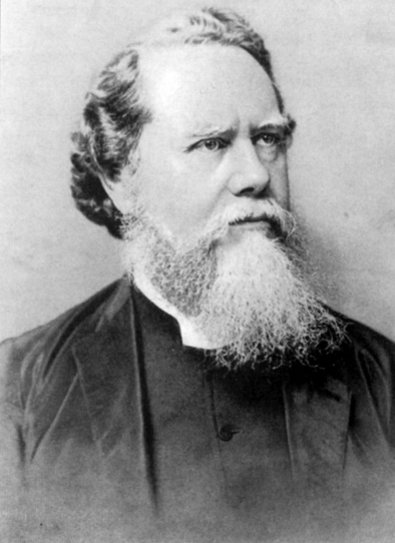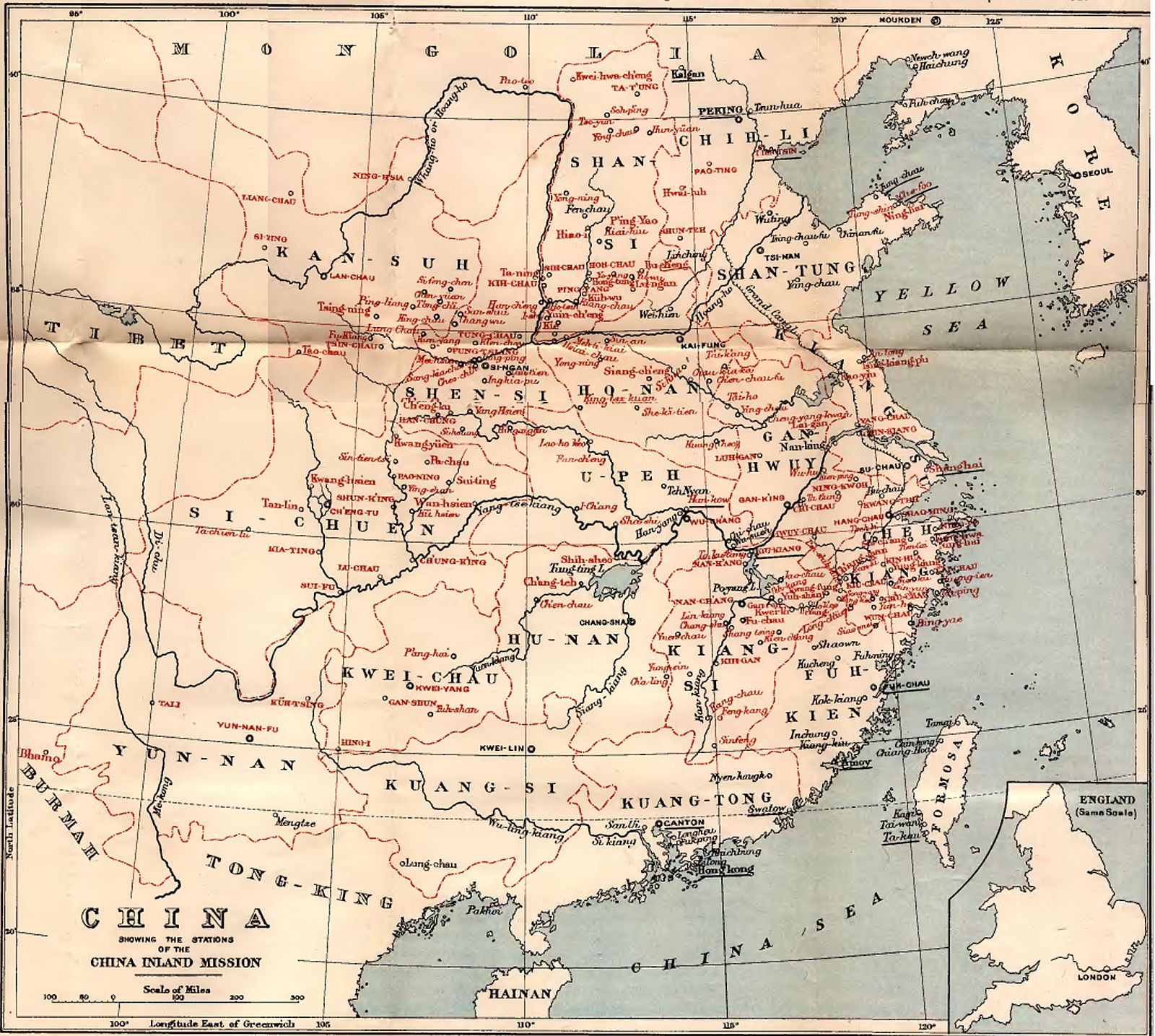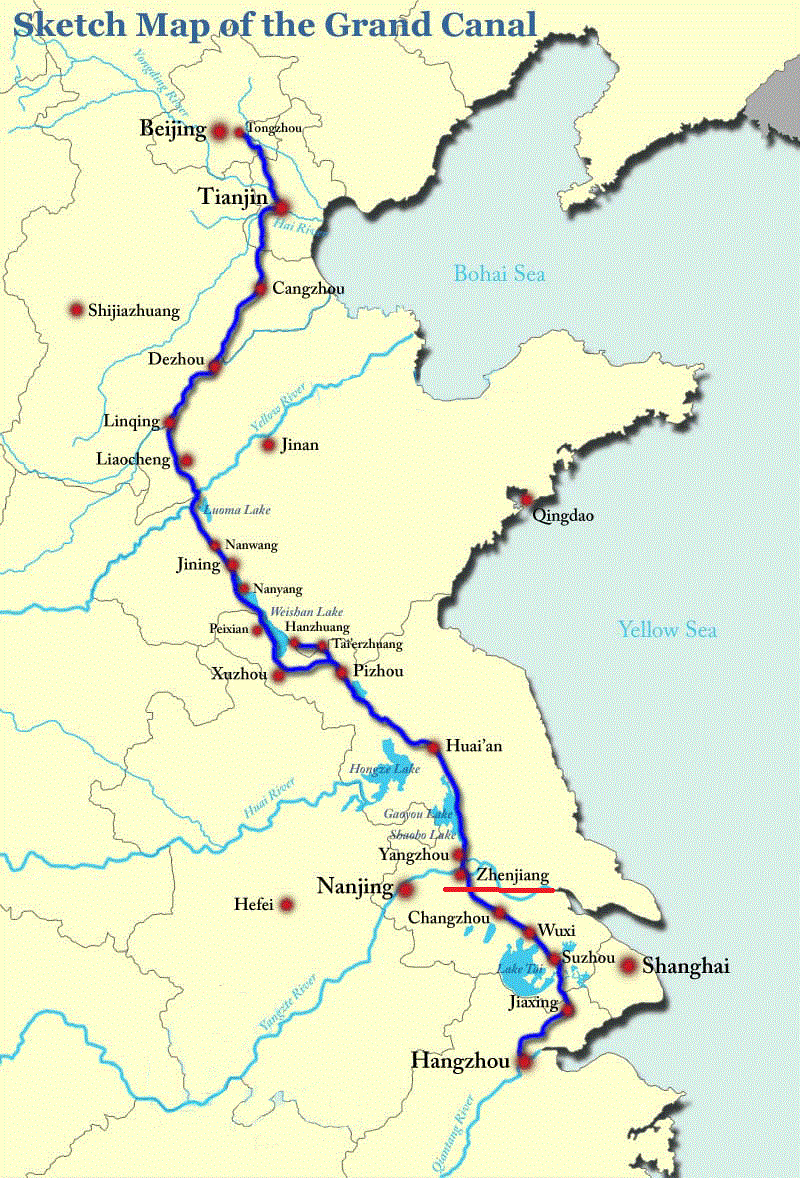[See links below for a more lengthy article about Hudson Taylor, or access it here.]
 Many Western church people of the Protestant traditions know stories of missionary adventures in far-off lands. Dr Hudson Taylor (1832 – 1905) was one personality who became well-known, not only due to his speeches in travels in Europe and America, but for his creative approach to doing mission work.
Many Western church people of the Protestant traditions know stories of missionary adventures in far-off lands. Dr Hudson Taylor (1832 – 1905) was one personality who became well-known, not only due to his speeches in travels in Europe and America, but for his creative approach to doing mission work.
Taylor was passionate about evangelism (the spreading of the teachings of Jesus). He broke with traditions of other early missionary organizations and created new strategies that became common in many other parts of the world to recent times. For this reason, Hudson Taylor has been regarded as one of the great missionary leaders of the modern era.

Taylor founded what he called the China Inland Mission. As the name implies, his organization focused on the interior of China, a vast region that had almost no foreigners because of the inconvenience and safety concerns of the time. Transportation and communication systems were primitive in those days. Significant cultural differences between locals and foreigners understandably created confusion and mistrust. Misunderstandings, often compounded by the aloofness and superior attitude of the foreigner, led to various incidents of hostility and more serious uprisings that threatened life. As a result, most mission groups in China established themselves close to the coastal trading centres (where they lived under the protection of the foreign powers). In contrast, Taylor chose to place his trust in God’s protection and, with his missionary followers, traveled inland to set up mission centers in most of the provinces of China.
Another creative approach used by Taylor, was the way he engaged individual missionaries to join his organization and do mission work (both Christian teaching and other social service including schooling and medical care). Such people were not employees of his missionary agency, nor were their travel and living expenses paid for by foreign governments. Rather, individuals joined Taylor’s group as semi-independent “associates” who were responsible for raising money needed for personal support of themselves and their families. Such people felt in their hearts that they were “called by God” to do this kind of work, and they appealed to friends and church groups back in their home communities to give them support. This approach to self-reliance in funding for mission work became known as the Faith Missions approach. By such means, Taylor attracted more than 1300 missionaries to make the journey to China and to live in distant communities with the intent to introduce people to Christianity.
Taylor’s approach also differed from that of many other missionary agencies of his time in other ways too. In choosing to be independent of any government support, he was able to be more critical of the colonial governments. He attracted missionaries internationally, not only from his home country of Britain. His associates came from a wide variety of Christian traditions (denominations). He welcomed single missionaries, including a large number of single women, affirming a commitment to the equality of women that was commonly denied even within the many church traditions from which women missionaries were recruited. His organization also took a strong stand against the abuses of the opium trade, and lobbied the British government to abandon the trade for many years before it was eventually abolished. At a time of great trouble for foreigners in China, including the thousands of Chinese who suffered on account of their friendship with Westerners (the Boxer Rebellion of 1899-1900), Taylor’s agency refused to take any of the indemnity payments that were forcibly negotiated by the eight foreign powers. Thus, the organization and families of the 58 China Inland Mission individuals who died in this conflict never received any of the reparation payments.

Home base for Hudson Taylor and his family was Zhenjiang, Jiangsu Province. This location was an important transportation intersection of the mighty east-west Yangtze River (Changjiang), and the very significant north-south Grand Canal (built centuries before to unite the north and south of China). Here, Taylor provided leadership to his organization and enjoyed contacts convenient travel connections missionary families far and wide in China. One such family in nearby Nanjing was that of Absalom Sydenstricker, the family of the famous Nobel Prize winner, Pearl Buck (also known by her Chinese name, Sai Zhenzhu).
My recent travels to Zhenjiang gave me opportunity to explore this significant centre of Christian missions in China. I was pleased to find museums and churches that are preserving a memory of this history. A huge tower, named the Hudson Tower, has recently been constructed next to a new church in the city. In a crypt below the tower, the remains of Taylor and his wife have recently been moved and laid here to rest.
Related pages…
For more on the life of Hudson Taylor…
Article: Who was James Hudson Taylor?
Photos of my visits to the hometown for Taylor when in China…
Album: Zhenjiang – the New XuanDe Church (2014 visit)
Album: Zhenjiang – the old Daxi Road Gospel Church (2015 visit)
Album: Zhenjiang – revisiting XuanDe Church and the Hudson Tower construction (2015)
First published: 2015/04/22
Latest revision: 2022/08/30